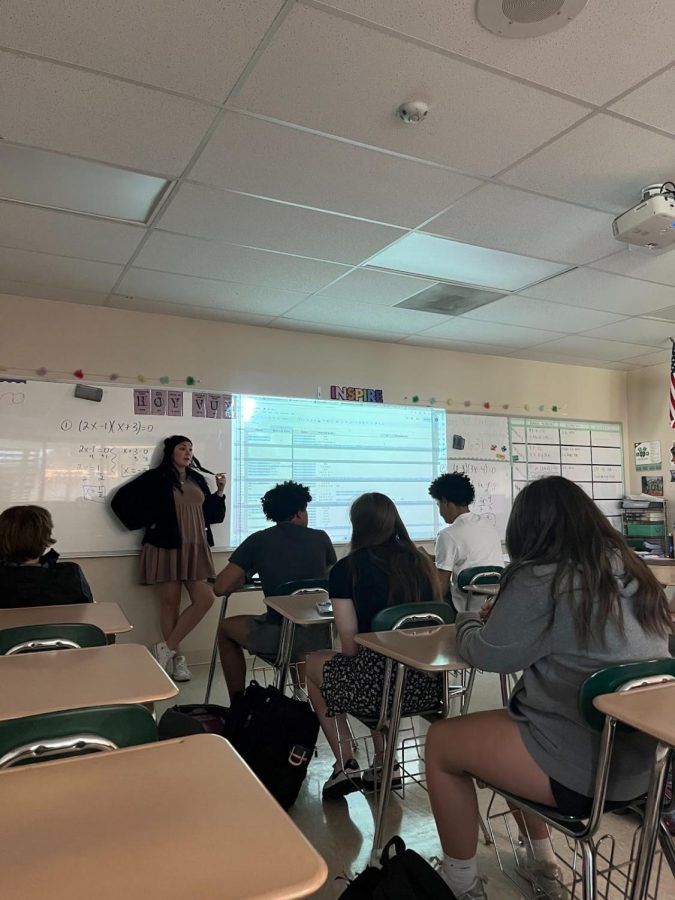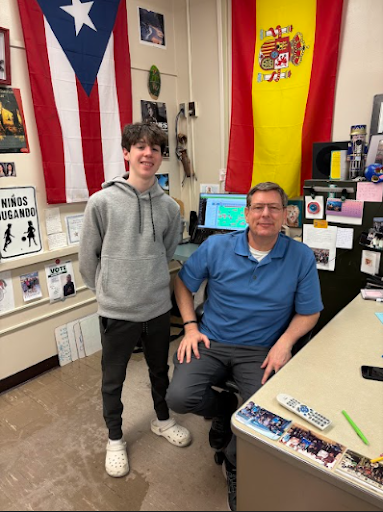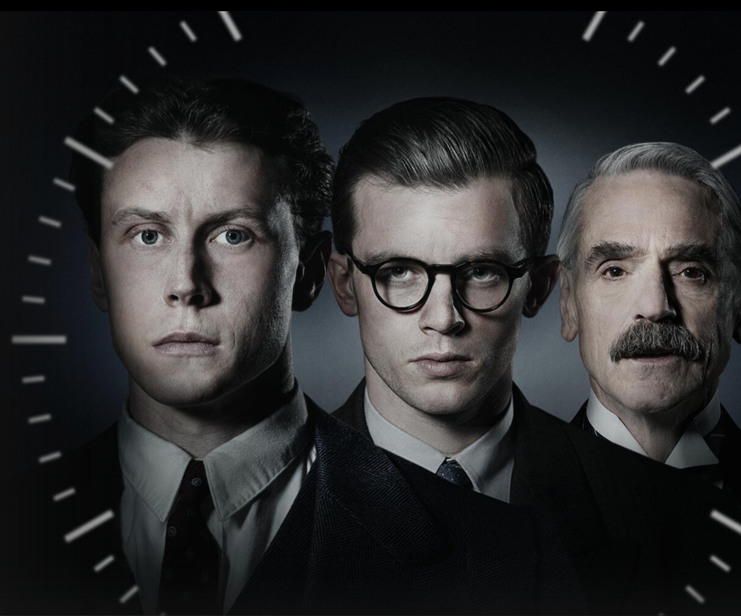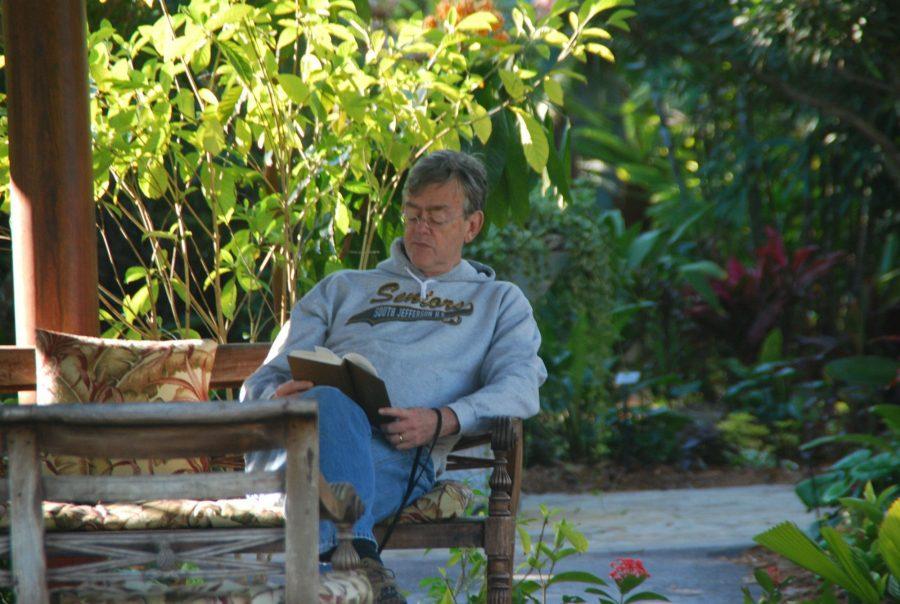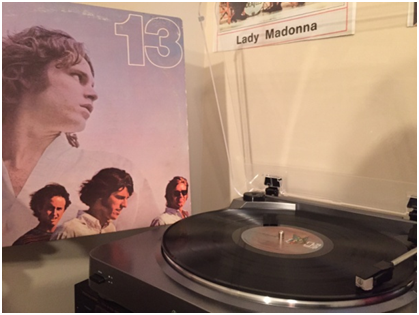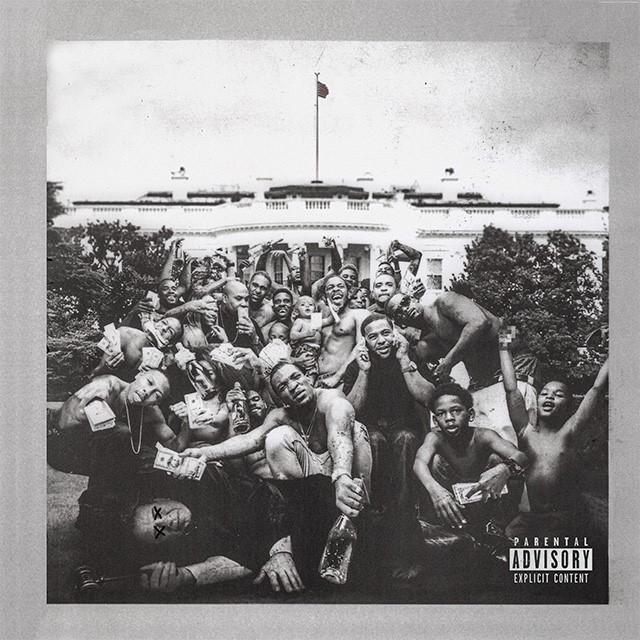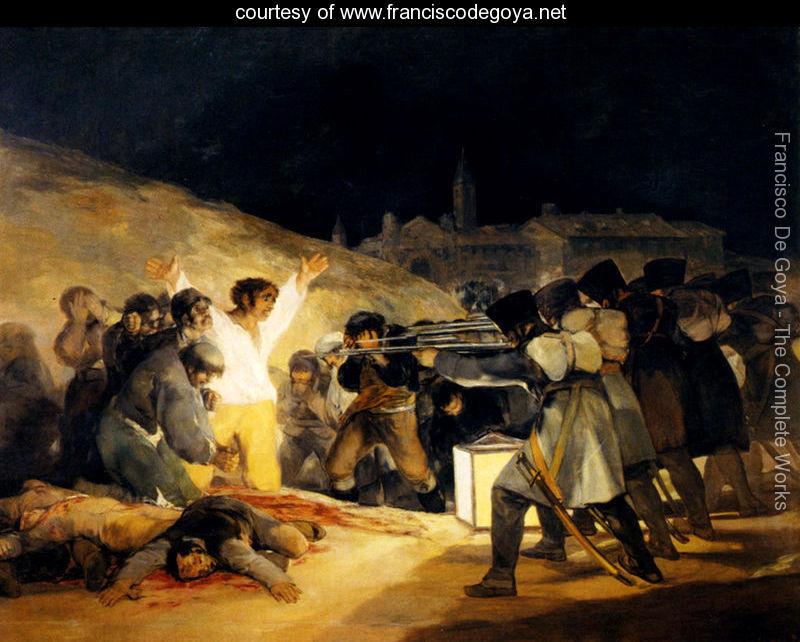‘Third of May’ painting depicts gory reality
Photo courtesy of www.franciscodegoya.net
Goya’s ‘The Third of May 1808’ is his most famous work, and is universally admired for its daring subject matter and gripping intent.
May 3, 2016
Upon hearing the words “The Third of May” what comes to mind?
Perhaps you make think of the days immediately after—namely “May the 4th be with you,” or Cinco de Mayo.
But to any advocate of art history this date has significance greater than any of the days following it.
AP Art History teacher Kathy Germano has an instant reaction to the mention of “The Third of May.”
“Well immediately what comes to mind is the image of Francisco De Goya’s painting of the same name,” Germano said. “It’s one of those works where you just hear the name and you instantly have a clear picture of it in your mind.
“I think it goes without question that it’s the content of this piece that makes it so memorable,” Germano said. “The image is just so vivid and the emotion on each face is captured perfectly.”
The content of the painting involves the commemoration of the Spanish resistance to Napoleon’s forces during their occupation in the Peninsular War.
Of course the elements that stand out most in this piece are its realism and graphic content.
The outstretched arms of the man in the center captures the viewers’ attention first, as the spotlight shines upon him he looks immensely terrified as he begs for mercy.
“A theory that is probably true,” Germano said “Is that the man with his arms stretched is a symbol for Christ.
“You can see the friar clinging to him which is an immediate holy symbol,” Germano said “But the position of his arms and the utter blackness of the sky are subtle connections to the Crucifixion.”
The sensational attention this violent painting received made it the first of its kind.
“It really did change art forever,” Germano said “Pieces like Third of May and Saturn Devouring his Son by Goya opened the floodgates for artists to really create something so dramatic based on events that actually happened. You could say that we wouldn’t have had works like Picasso’s Guernica without Goya making this masterpiece first.”



